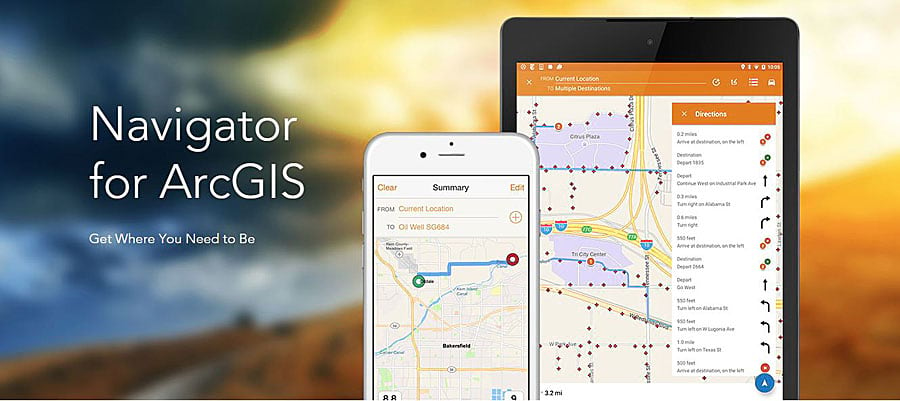Electrical inspectors from the Washington State Department of Labor and Industries (L&I) use the Navigator for ArcGIS mobile app from Esri to get audible, turn by turn directions to the sites they need to inspect. The agency also uses a custom app built using the ArcGIS platform to plan those routes.

L&I is responsible for ensuring and maintaining the safety, health, and security of workers all over Washington. The department assists employers in meeting health and safety standards and inspects workplaces when notified of hazards or potential dangers. With 19 offices throughout the state, the department employs approximately 2,800 people—including safety inspectors, claims specialists, nurses, researchers, accountants, labor experts, and support staff.
Anytime a resident or business in Washington installs electrical equipment or makes an upgrade to an electrical system, the local municipality or L&I must inspect it. The department’s 200 inspectors perform nearly 200,000 electrical inspections each year.
To develop more efficient inspection workflows, L&I decided to have its electrical inspectors create their own customized travel routes. Navigator for ArcGIS became the centerpiece of this project because of its ability to route multiple stops and recalculate a route if something changes.
“By making it easier and faster for our inspectors to drive from site to site, they will be able to more easily complete their daily inspections,” said Winston McKenna, a GIS product administrator for L&I. “We wanted to have a workflow and applications we could consistently count on being up-to-date and using the latest information for routing and geocoding.”

Creating Customized Routes
Navigator for ArcGIS provides turn-by-turn directions for the inspectors.
McKenna and his team developed an ArcGIS platform-based solution that incorporates geocoding, routing, and custom basemaps. Now, when someone submits an application for an inspection through the department’s website, the application is added to a SQL database and the address is geocoded. Electrical supervisors can then see the geocoded addresses displayed on their workstations, which they use to assign inspection locations to each inspector.
When the inspectors see their assignments pop up on their laptops, they can create an optimized route for their workday using a custom app that employs the ArcGIS Network Analyst extension and StreetMap Premium for ArcGIS, both in ArcGIS Enterprise. When their routes are planned, the inspectors save them as web links and then connect their department-issued iPhones to the planned route using Navigator for ArcGIS.
“Information in StreetMap Premium is well-organized, well-maintained, and consistent from release to release,” McKenna said. “Updating the geocoding and routing service is a breeze, and there is minimal interruption.”
Inspectors use Navigator for ArcGIS on their iPhones to receive audible, turn-by-turn directions as they drive to each inspection stop. A custom L&I basemap enables managers and inspectors to add, maintain, and update any information along inspectors’ routes—such as rural or forest roads, fuel stations, department offices, and regional boundaries. The team also created a map package that allows inspectors to use Navigator for ArcGIS while offline in places with limited or no connectivity.
“It’s the easiest, most time-efficient, and most process-efficient way to create customized routes,” said McKenna. “We can adjust the settings to reflect the environment across the state—for example, routes that involve taking a ferry or areas that are closed for parts of the year due to weather.”
With Navigator for ArcGIS now part of its daily operations, the department has a consistent view of its authoritative data on a navigation map that its users can customize and configure. It is easy to create and share efficient route plans, and L&I has facilitated clearer communication between managers in the office and inspectors in the field.
The department also saves time and money because inspectors now drive fewer miles by sequencing stops in the most logical order and taking the surest route to their inspections.
“Navigator reduces unnecessary stops and will readjust the order to minimize the time and distance from location to location,” said McKenna, who indicated that inspectors are showing a 1 to 3 percent increase in the number of inspections they complete. “Our inspectors now have a dynamic navigation and visualization tool [that] allows them to adjust to changes in their workday responsibilities. If someone needs to cancel or delay their inspection, the inspector can make the change in Navigator for ArcGIS, and the app will account for that.”
To learn more about L&I implemented Navigator for ArcGIS into its daily workflows, email McKenna at winston.mckenna@lni.wa.gov.
